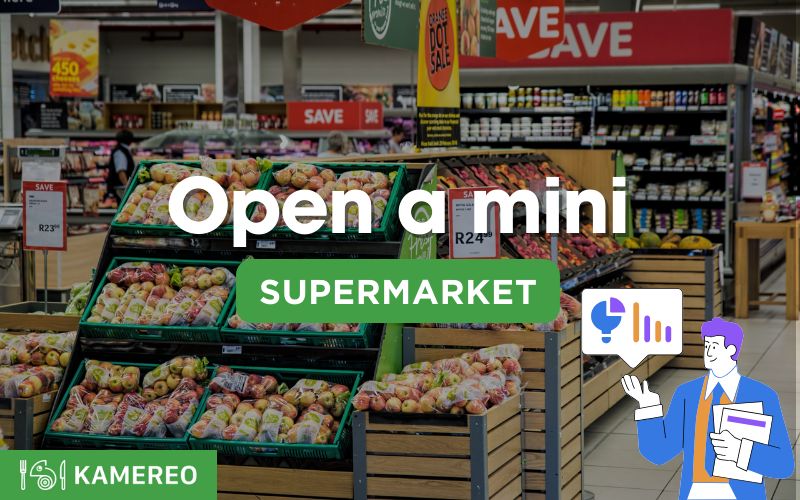Opening a mini supermarket is a popular business model, providing high profitability. However, the mini supermarket model is not an easy business sector. Let’s explore what is needed to open a mini supermarket for success in the following article with Kamereo!
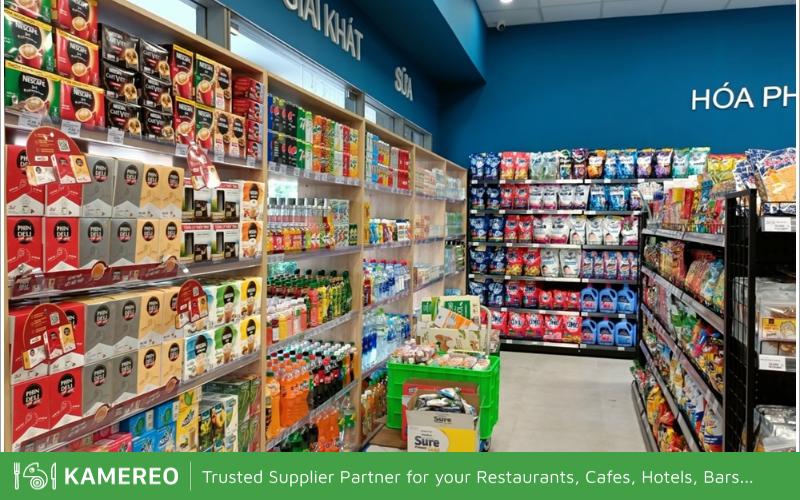
Is it advisable to open a mini supermarket at the current time?
According to the Ministry of Industry and Trade of Vietnam, the retail sales of goods and consumer services in 2023 are expected to reach VND 6,231.8 trillion, an increase of 9.6% compared to 2022. The expected revenue from retail sales of goods is VND 4,858.6 trillion, accounting for 78% of the total revenue and increasing by 8.6% compared to the previous year. Specifically, the food and foodstuffs group is expected to increase by 11.7%, while household goods, tools, and equipment are expected to increase by 7.5%.
In addition, the mini supermarket model is becoming popular among residents in urban areas, thanks to its convenience, cleanliness, and higher food safety than traditional markets. Business in the grocery sector brings significant profits, creating intense competition. The market is witnessing the emergence of many major players with strong coverage such as WinMart, Circle K, 7-Eleven, and the Thanh Do supermarket system.
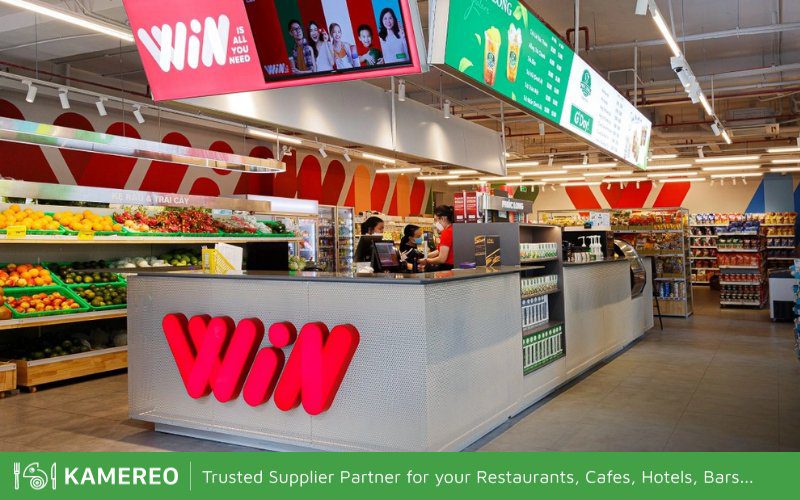
Is a mini supermarket profitable?
Profitability in the mini supermarket business depends on various factors such as location, products, and competitive opponents. Products in mini supermarkets are usually essential necessities, meeting the basic needs of consumers, ensuring stable purchasing power. Choosing a reliable supply source with competitive prices and efficient inventory management plays a crucial role in maximizing profits in business.
How much capital is needed to open a mini supermarket?
Determining the amount of capital required to open a mini supermarket requires consideration of several important factors, including:
- Area: Costs will increase with the area, with a larger area meaning higher costs.
- Location: The location in a densely populated and busy area will require higher costs.
- Investment level: Deciding on basic or high-end investment will affect the total capital.
- Product category: The type of business goods will affect the procurement price.
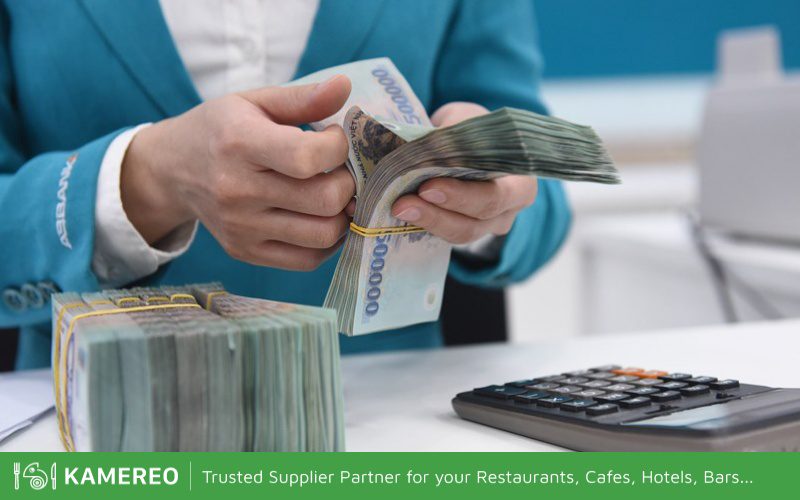
Here is an estimate of the necessary capital for each category:
Initial capital: VND 411 – 922 million
- Space: VND 100 – 300 million/year (depending on location and area)
- Equipment: VND 50 – 100 million (including shelves, cabinets, cash registers, computers, cameras…)
- Product procurement: VND 200 – 400 million
- Renovation, repairs: VND 50 – 100 million
- Business license: VND 1 – 2 million
- Other costs: VND 10 – 20 million (advertising, marketing…)
Maintenance capital: VND 120 – 240 million/month
- Employee salaries: VND 10 – 20 million/month/person
- Utilities: VND 5 – 10 million/month
- Product procurement: VND 100 – 200 million/month
- Other costs: VND 5 – 10 million/month
Note: The capital levels are for reference only and may vary depending on specific conditions. Reserving capital for business turnover is important.
Successful mini supermarket opening process
Once you have determined the required capital, let’s go through each important step to efficiently plan the opening of a small supermarket or grocery store with Kamereo.
Step 1: Find a location for the mini supermarket business
For retail business, choosing a location accounts for up to 60% of the success rate. When choosing a location for a mini supermarket, you need to consider two main factors: location and area.
First, you should choose areas near densely populated communities and convenient for transportation. The purchasing power of the community is also important because if the population is small or they prefer traditional markets, it may affect your sales. In addition, with intense competition in the industry, choosing a location with less competition from other supermarkets is crucial.
Second, a space under 70m2 may feel cramped and limit the display of goods. Meanwhile, a space larger than 200m2 requires detailed business strategies and management experience.
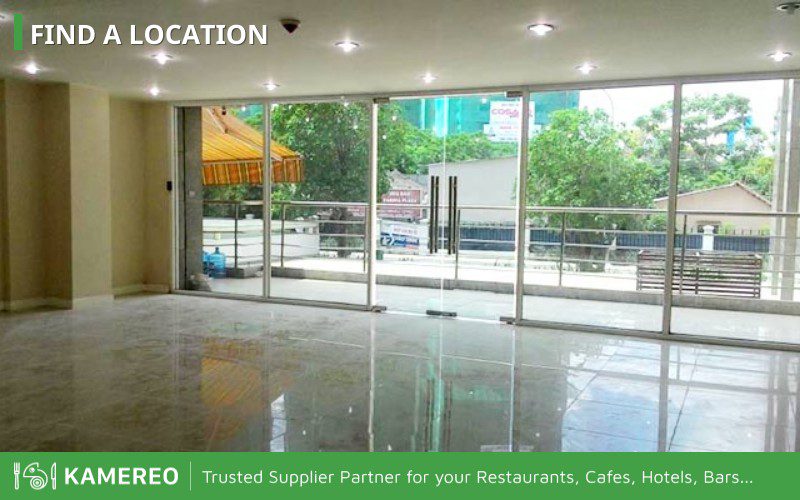
Step 2: Determine the products to be sold
It is not necessary to provide all types of goods in the mini supermarket. There are two directions for developing your business model: focusing on one type of product or diversifying products.
A mini supermarket can offer various products such as food, groceries, household items, etc. It is important to list each specific product in the large category and note how to source and store the products.
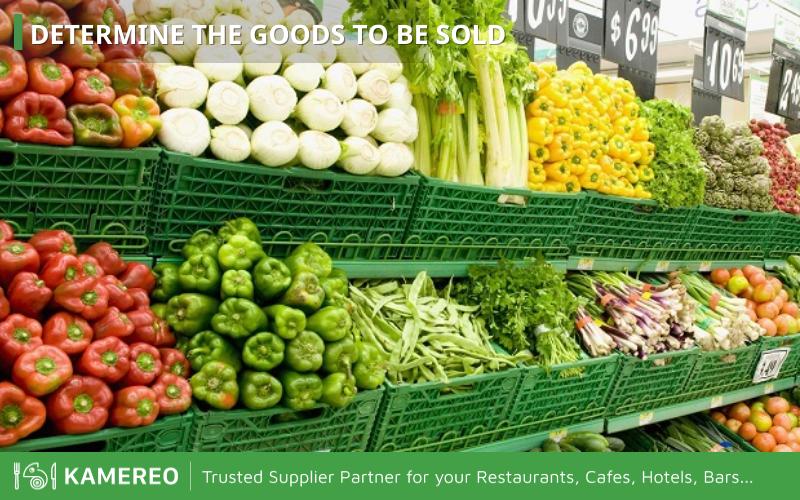
Step 3: Find a reliable source of goods
Customers will tend to visit your store more if they can always find the products they need at affordable prices. Therefore, choosing a reliable source of goods is crucial.
If you are still unsure where to source products, Kamereo is a reliable option to consider. We provide a variety of products at competitive prices. Moreover, our website interface, along with a user-friendly app, makes it easy for you to operate and place orders.
In addition, Kamereo’s supply comes directly from clean farms. With a wide logistics system and warehouses, we provide smart and timely transportation of goods. Currently, Kamereo has many promotional programs, supporting transportation costs for orders from VND 400,000.
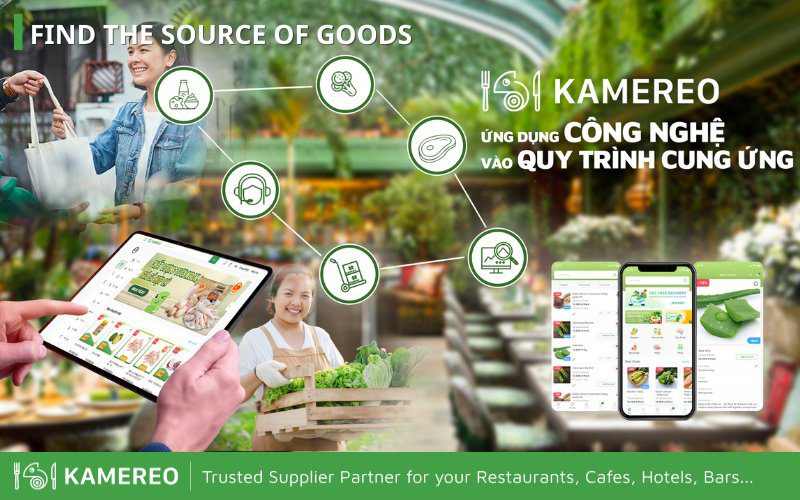
Step 4: Display attractive goods
One of the important strategies to increase revenue for the supermarket is managing how goods are displayed. You can achieve significant profits with a proper plan. Some tips for displaying products include:
- Place promotional items in a convenient location, near the entrance, to attract the attention of customers.
- Place essential products inside the store for easy access and search by customers.
- The central location, especially the middle shelves, is suitable for displaying products you want to sell.
- Arrange related products next to each other to encourage customers to buy more, increasing the chance of combined sales.
- The cashier counter is an ideal place to display small and convenient products, stimulating additional shopping before payment.
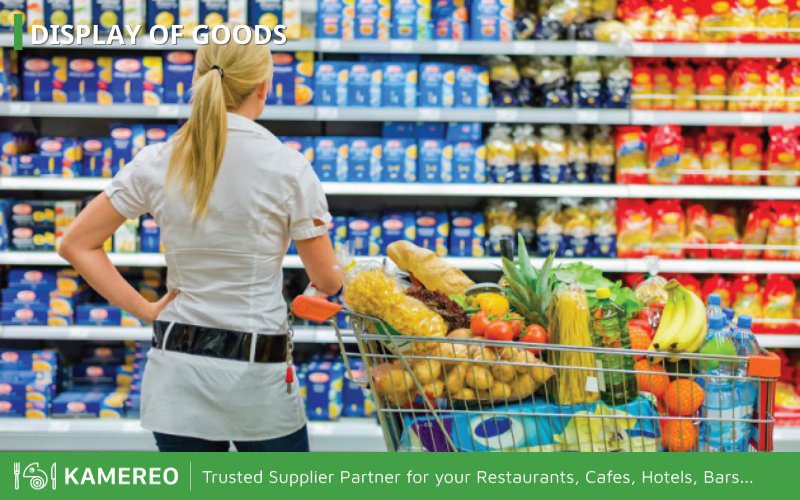
Step 5: Plan the opening and advertising
The next step is to plan the opening event of the supermarket. The plan should be flexible and reflect the scale of the supermarket accurately. For example, with a small supermarket, you can organize promotional banners. Meanwhile, a large supermarket may hire event organizing units.
Next, you need to implement appropriate marketing and advertising campaigns. Strategies such as discounts, reductions for familiar members, or discounts for specific products daily are effective and commonly applied. In addition, you also need to explore and take full advantage of popular social media channels such as Facebook, Zalo, etc. These are potential sources for finding new customers.

Step 6: Manage and maintain sales
Running a mini supermarket is a long-term journey and requires perseverance. Therefore, you need to continuously update your knowledge and choose suitable products to import into the store.
After a period of business, you will accumulate preliminary evaluations of sales, inventory levels, and popular or slow-selling items. This will help you shape your business strategy, focus on high-demand products, and reduce unnecessary inventory, thereby increasing sales.

Conclusion
Opening a mini supermarket is never simple, especially for beginners. I hope this article helps you have a clearer picture of the implementation process. Don’t forget to follow the Business Tips section for more useful information!
Read more:




